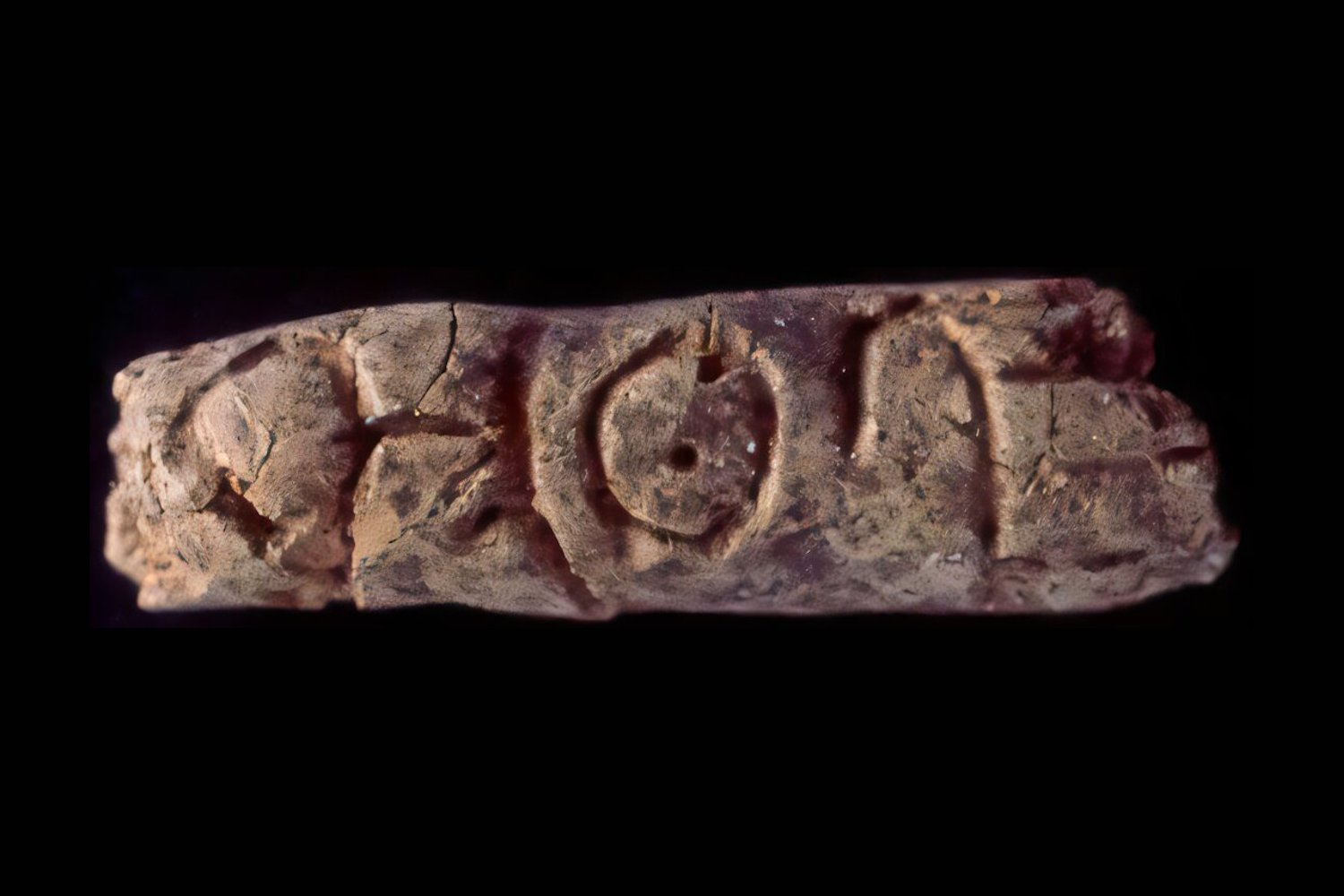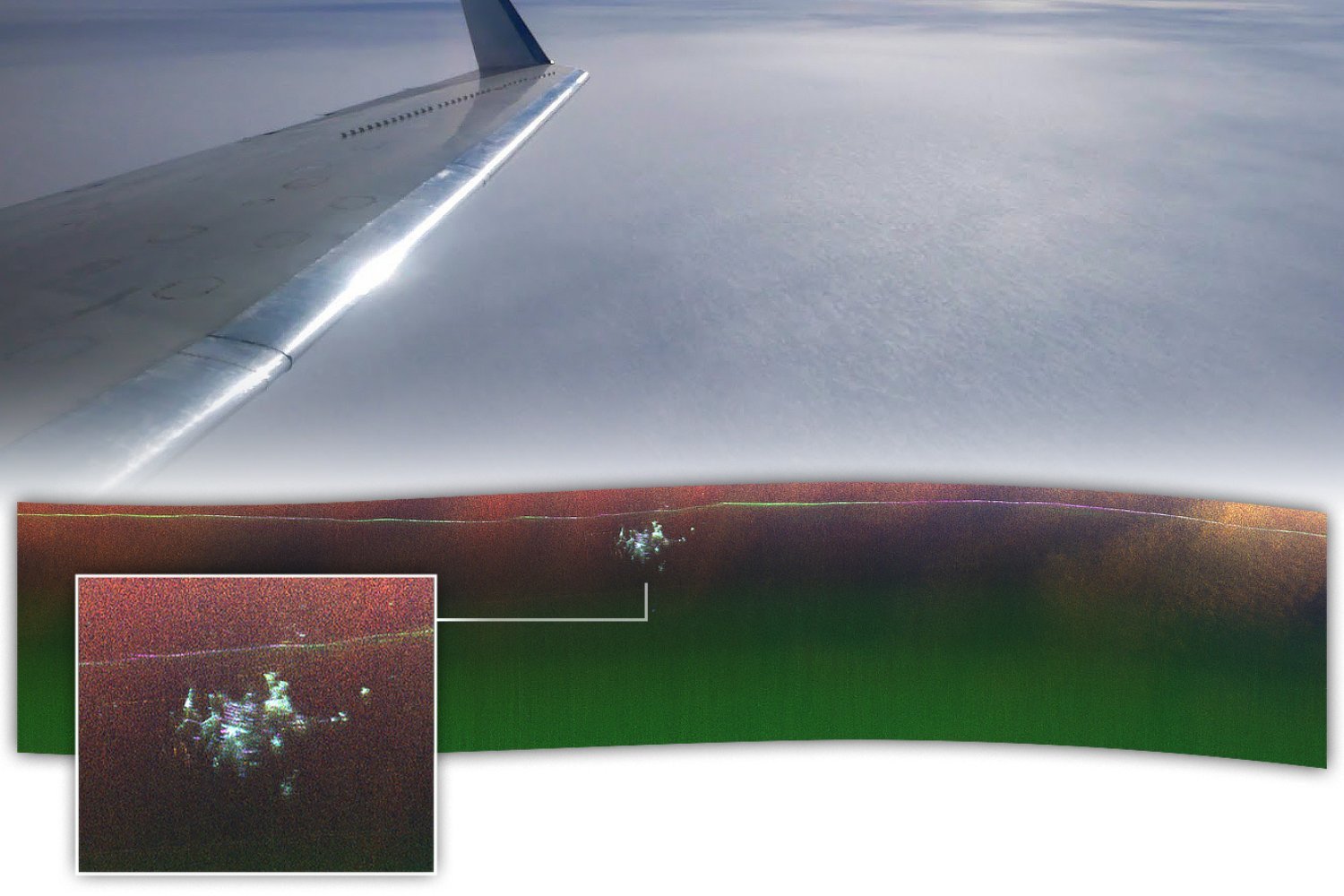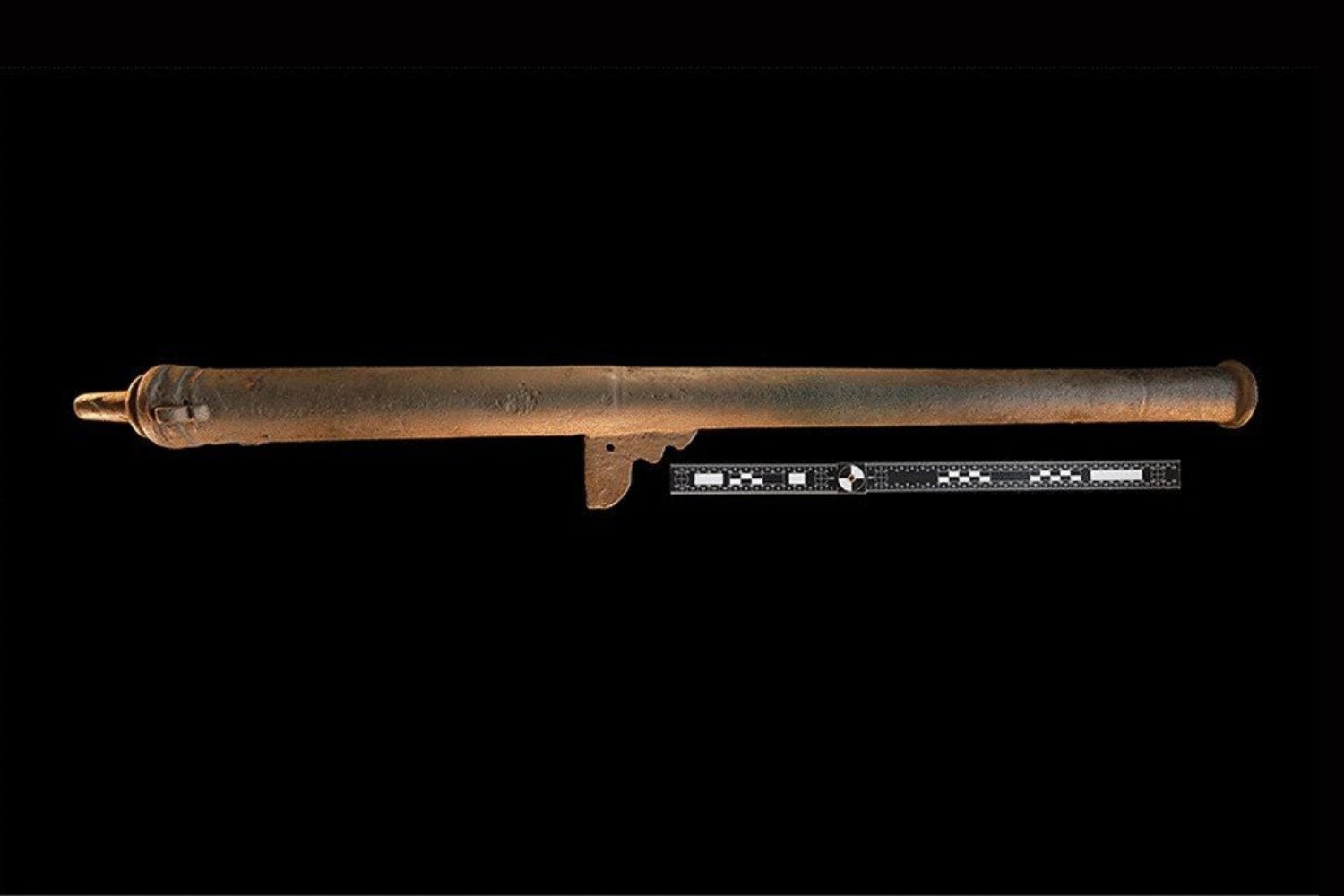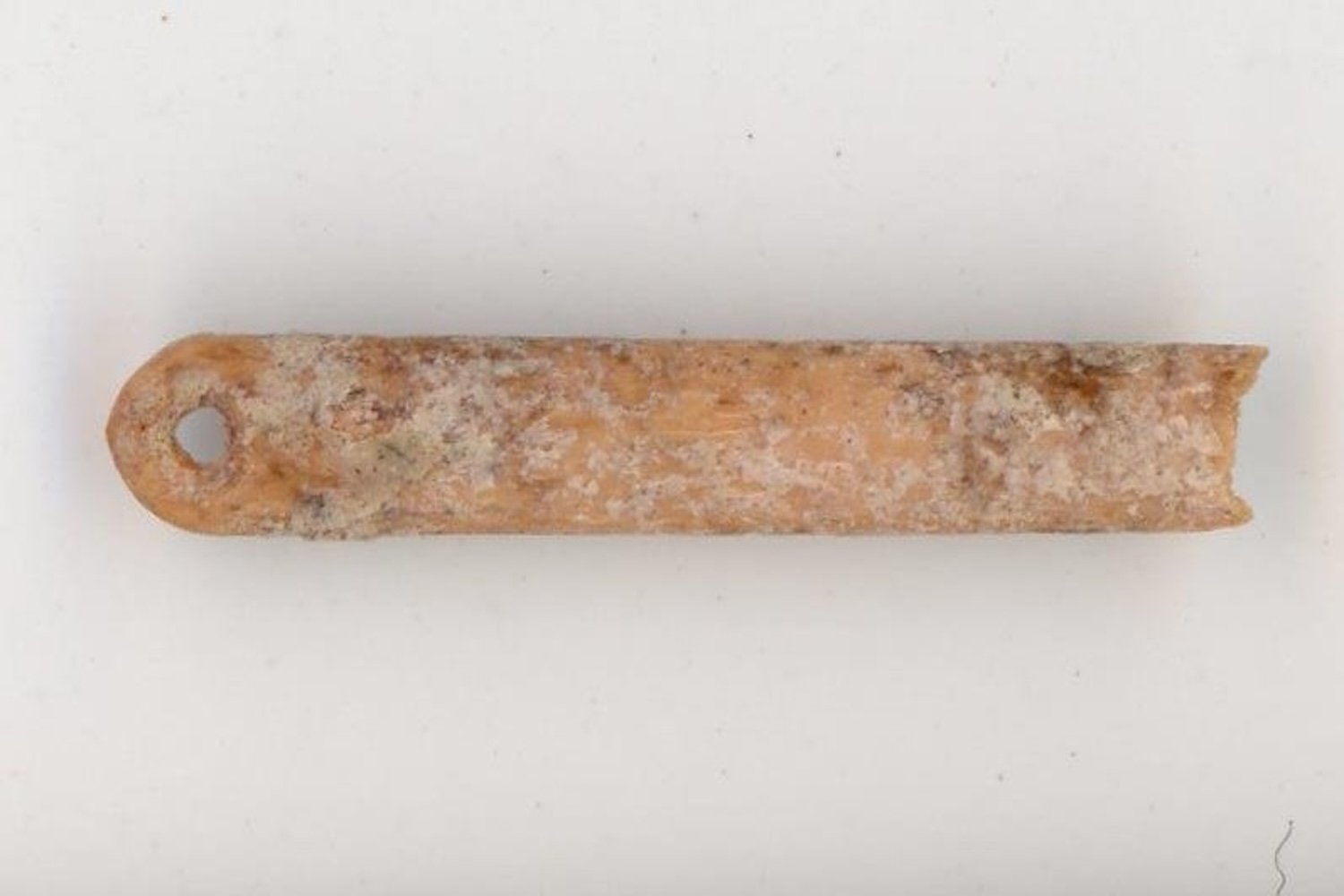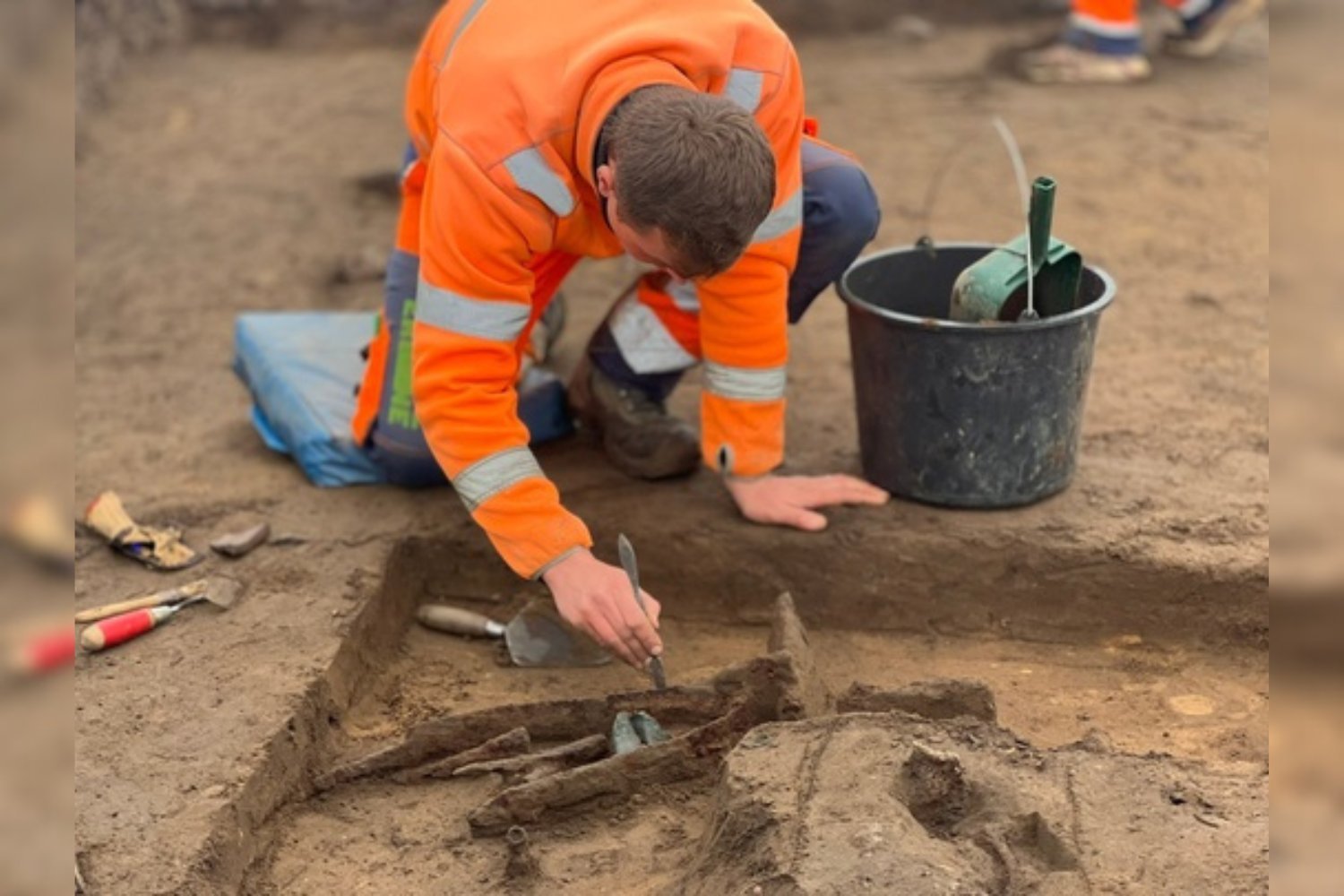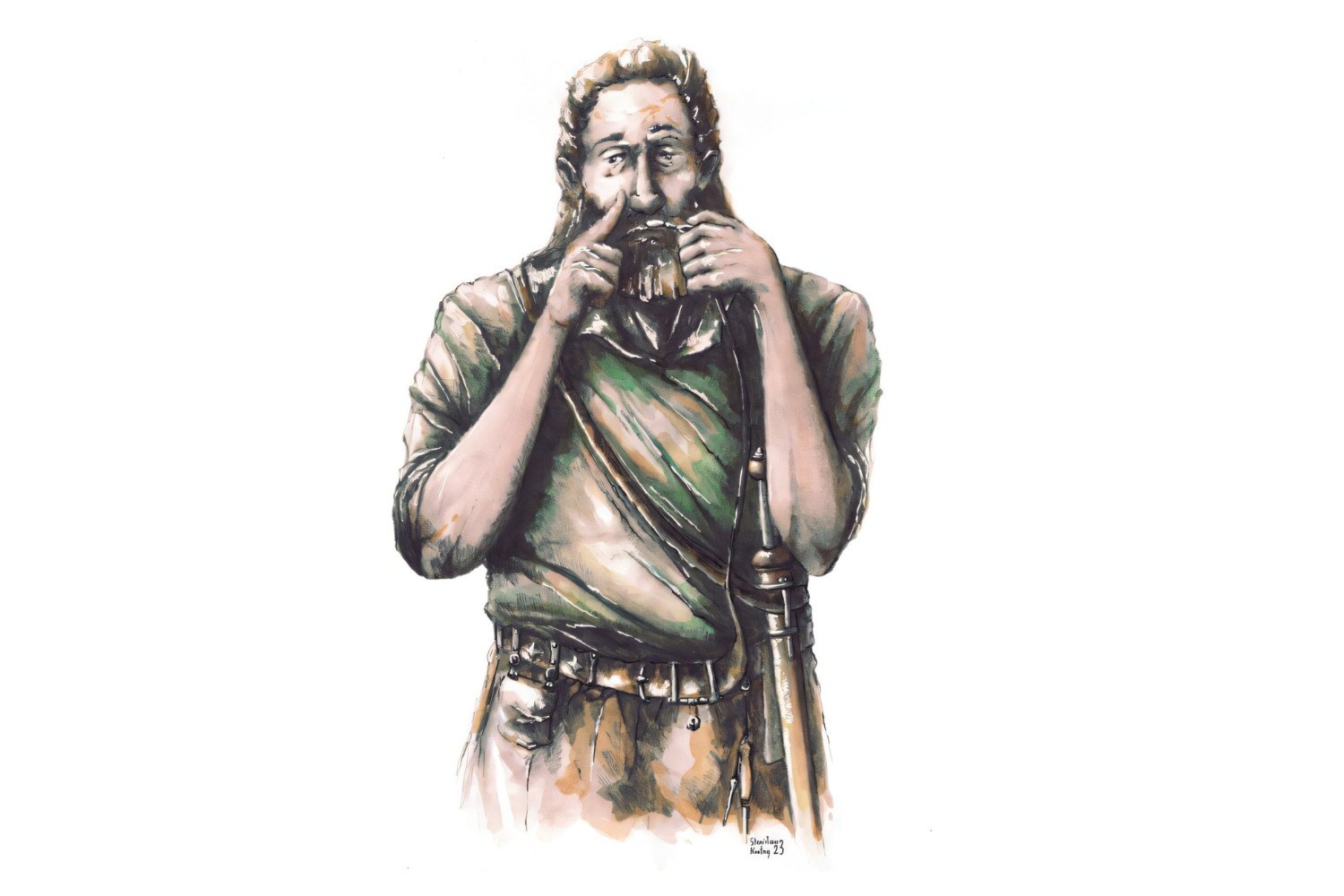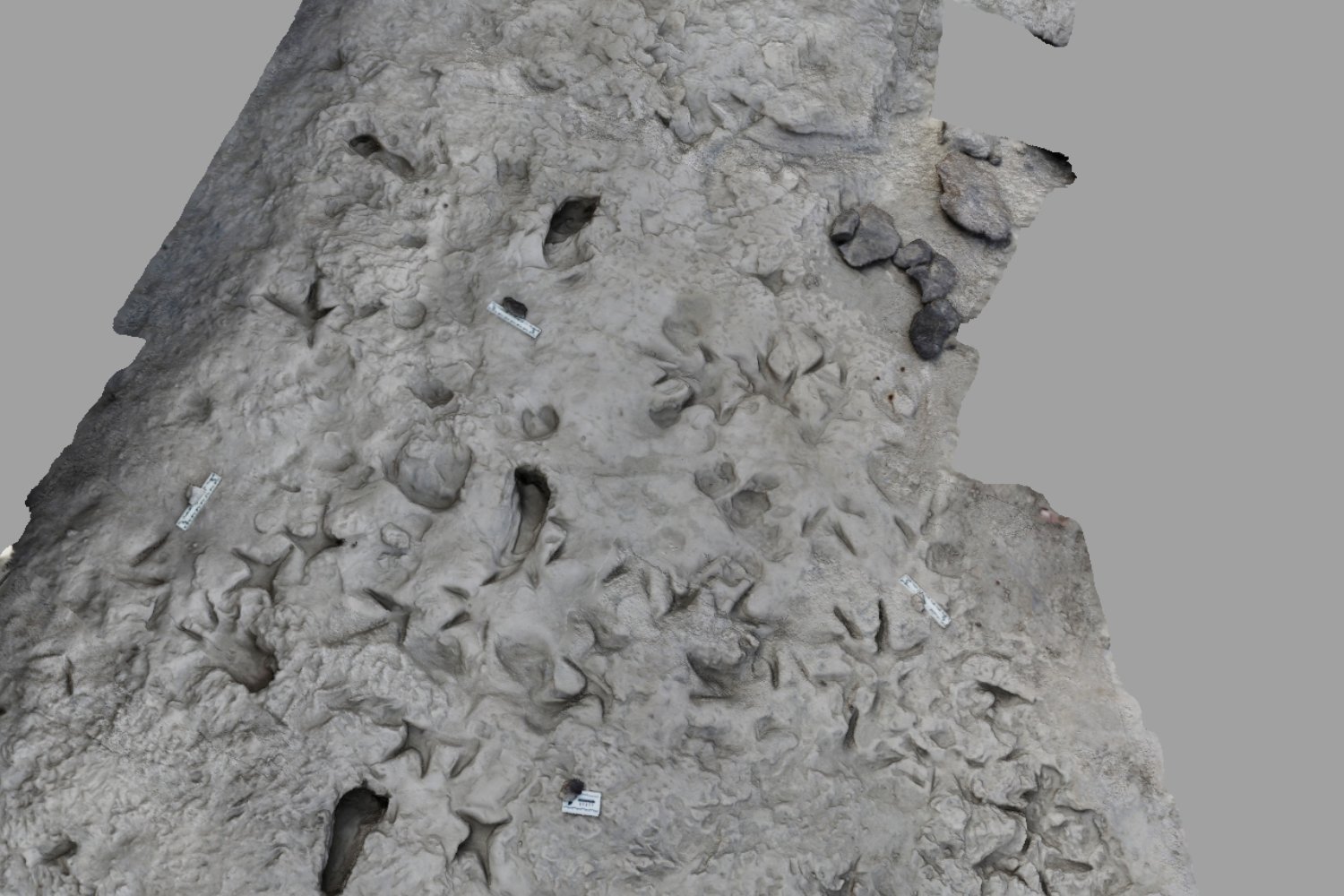Archaeologists excavating an Early Bronze Age site in Syria have unearthed four clay cylinders potentially containing the oldest known alphabet. Dating back to 2400 BCE, these artifacts predate previous assumptions about the origin of alphabetic writing by roughly 500 years, potentially rewriting our understanding of how written communication evolved.
The discovery, made at Tell Umm-el Marra east of Aleppo, was announced by Johns Hopkins University archaeologist Glenn Schwartz. The site, excavated between 1994 and 2010 by American and Dutch researchers, yielded a wealth of artifacts, including skeletons, jewelry, tools, and pottery. However, it’s the four finger-length clay cylinders, etched with what appears to be an alphabet, that hold the greatest historical significance.
Alphabets revolutionized communication by simplifying writing and making it accessible to a wider population, not just the elite. This new finding suggests that experimentation with alphabetic writing occurred earlier and in a different geographic location than previously believed.
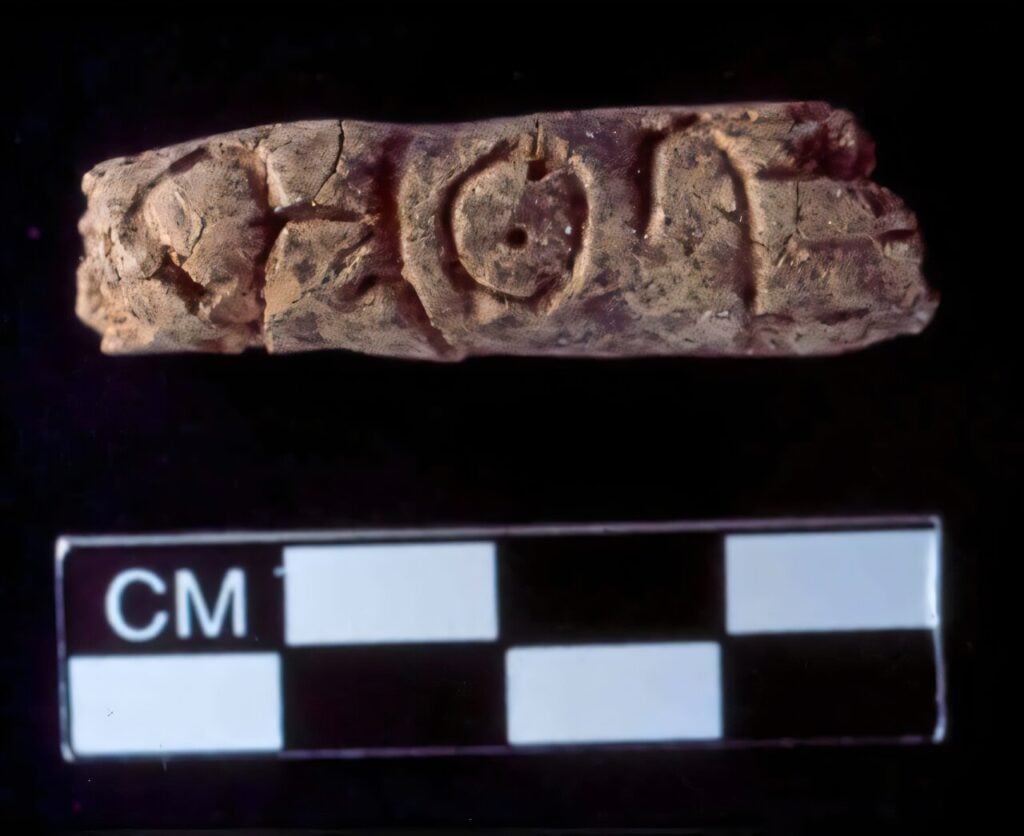 Oldest Known Alphabet 1The four clay cylinders inscribed with potential alphabetic writing. Image: Glenn Schwartz, Johns Hopkins University
Oldest Known Alphabet 1The four clay cylinders inscribed with potential alphabetic writing. Image: Glenn Schwartz, Johns Hopkins University
The prevailing theory places the origin of the first known alphabet in the first half of the 2nd millennium BCE, likely in or around Egypt. However, carbon dating of the clay cylinders places them around 2400 BCE, significantly earlier than this established timeline. This suggests a different origin story for the alphabet, one potentially centered in ancient Syria.
Tell Umm-el Marra, believed to be the ancient city of Tuba, was founded around 2700 BCE. The site provides a rich context for understanding early urban life in the region.
Each cylinder is perforated, suggesting they were attached to another object, possibly as labels. They may have described the contents of a vessel, its origin, or its owner. However, without a way to decipher the writing, their exact purpose remains a mystery.
This discovery has significant implications for our understanding of early writing systems. It challenges established timelines and geographic assumptions, potentially shifting the narrative of how and where the alphabet emerged. Further research and decipherment efforts could unlock the secrets held within these ancient clay cylinders, offering valuable insights into the development of literacy and communication in the Early Bronze Age. The impact of this discovery could reshape our understanding of how more efficient record-keeping and long-distance communication evolved, fundamentally altering the course of history.



